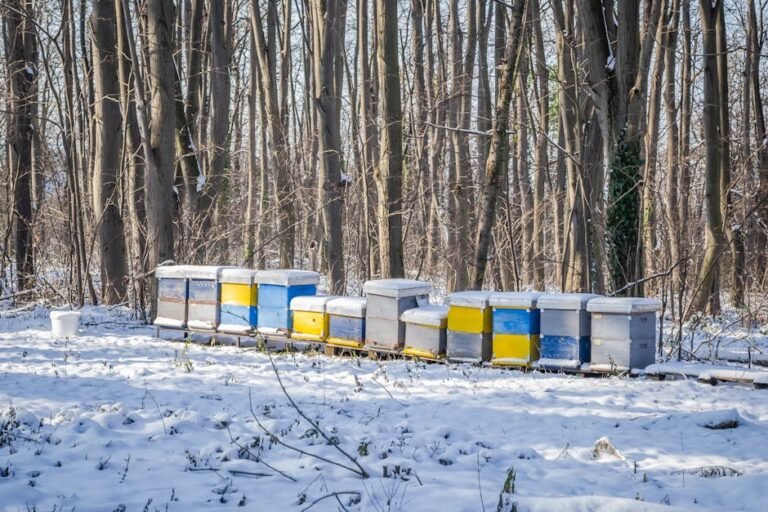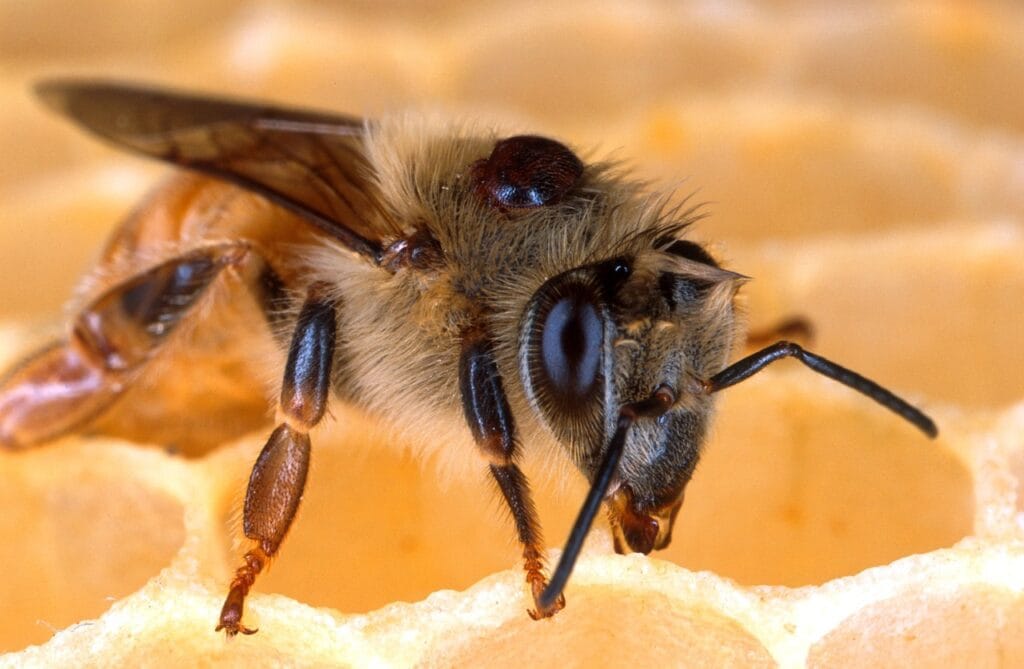Image by Zoran Milosavljevic via Pexels
Insulation Needs in Cold Climates
Horizontal vs. Vertical Hives
Horizontal Hives
- Greater Insulation Required: Horizontal hives, such as Layens and Top-Bar designs, have a larger surface area exposed to the cold. Heat is more likely to escape through the long side walls and top, leading to a significant risk of heat loss.
- Thicker Walls & Roof: The broad layout means bees are less able to cluster as tightly, so robust insulation is essential. Walls and lids usually need to be thicker or supplemented with insulating materials (e.g., straw, foam panels, or wool).
- Cold Air Movement: Cold air can more easily settle across horizontally arranged combs, requiring extra attention to minimizing drafts and providing warm internal spaces.
- Winter Survival: Without sufficient insulation, colonies in horizontal hives may struggle to stay warm enough to survive winter, making quality of insulation a top priority.
Vertical Hives
- Efficient Heat Retention: Vertical hives (like Langstroth or Warre) naturally conserve heat better. Bees cluster vertically—heat from the lower cluster rises into the upper boxes, helping retain warmth.
- Convection Support: The design allows for upward air movement, aligning with bees’ winter clustering behavior and using natural convection to retain heat inside.
- Standard Insulation: While some insulation (wraps or extra wall thickness) is beneficial, vertical hives generally require less drastic modifications. Standard wooden walls, plus top insulation, are often adequate in most cold climates.
- Reduced Surface Exposure: The smaller surface area relative to the volume of the cluster helps prevent excessive heat loss.
Key Differences
| Feature | Horizontal Hives | Vertical Hives |
| Wall Thickness | Must be thick, often double-walled or well-padded | Standard thickness often sufficient, add wraps for extreme cold |
| Top Insulation | Essential due to heat loss from broad roof | Important, but less critical due to clustering |
| Draft Control | Vital to prevent side drafts | Important but easier to manage |
| Bees’ Clustering | Less thermal efficiency; bees may be cooler across length | More heat conserved; bees cluster vertically |
In summary
Horizontal hives in cold climates demand much more attention to insulation—think thick, well-sealed walls and roof—while vertical hives’ natural design supports heat retention, requiring only moderate extra insulation measures. Proper adaptation of insulation type and amount to the hive’s shape makes a significant difference in winter colony survival.



